Global Prosperity Research
Our research focuses on innovations that drive sustainable economic development and growth.

Why global prosperity?
In 2022 and 2023 alone, the US spent over $43B to end poverty. Outside of the US, many international development organizations work furiously toward the same goal. But with little or slow progress being made, what if focusing on ending poverty is where development efforts have gone wrong?
Initiatives focused on ending poverty typically tend to invest in resources like education, healthcare, clean water, etc. But an astonishing 70% of such reforms have lackluster results. This is because resources intended solely to end poverty are usually pushed into a local market context that isn’t quite ready to absorb and sustain them.
Instead, the goal of development initiatives should be creating prosperity—or economic and individual growth—through strategies that respond to the struggles of everyday consumers or specific market demands. As these innovative strategies are developed, they then pull in appropriate solutions, such as the infrastructure, resources, and human capital needed to bring innovations to market. These are the engines to sustainable economic development and long-lasting prosperity. Our research focuses on understanding the function, impact, and processes of these global prosperity innovations across various sectors.
Global Prosperity Research Topics
Within the global prosperity field, theory has identified these specific research areas as currently having disruptive potential:
Meet the Researchers

Efosa Ojomo
Efosa is the director of global prosperity research. View Efosa’s profile
Efosa’s research highlights:
- The Third Answer: How Market-Creating Innovation Drives Economic Growth and Development
- Make your own luck in emerging economies: Six strategies for creating new markets
- Avoiding the prosperity paradox: How to build economic resilience in a post-COVID world
Efosa’s media highlights:
- ‘The Prosperity Paradox’ Review: A Better Way to Fight Poverty
- What we can learn from USAID’s $9.5B supply chain struggle
- The market-creating opportunity with Africa’s “nonconsumers” in a post-COVID world
Efosa’s webinar/podcast highlights:

Sandy Sanchez
Sandy is a research associate for global prosperity. View Sandy’s profile.
Sandy’s research highlights:
- Accelerating the adoption of solar energy in Nigeria: A market-creation strategy
- Thursday Theory Tips blog series
Sandy’s webinar/podcast highlights:
Recent Global Prosperity Content
Looking for more resources from our global prosperity researchers? Explore our resource library.
Stay connected
Sign up to receive email updates on our global prosperity research:




